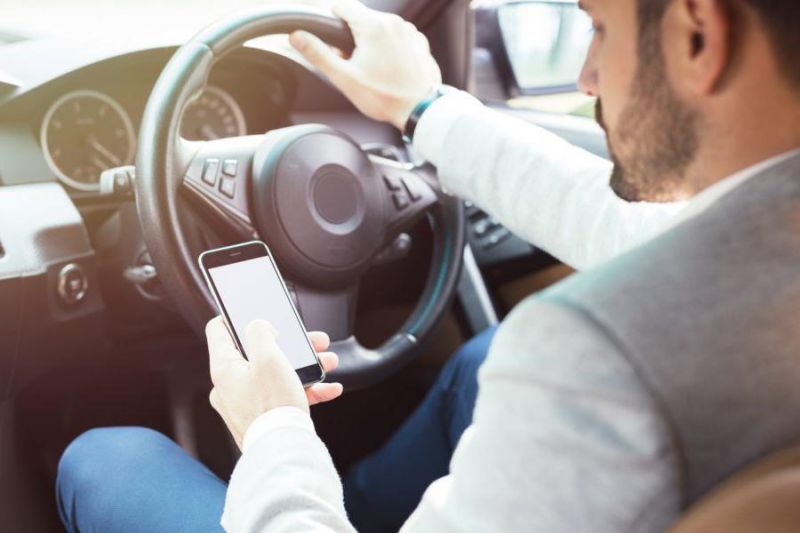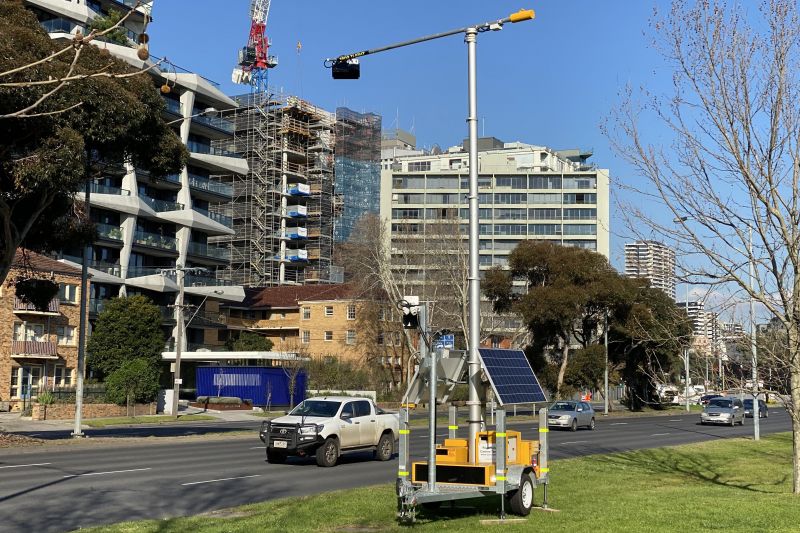One of the greatest sources of anticipation (or dread) that we face in our daily lives is the ‘ping’ of a new notification. In today’s highly information-driven world, it can pay dividends to stay on top of that urgent email or to react with a ‘LOL’ to that funny meme.
However, driving a car is one situation in which doing the above can cause much more harm than good. Time spent looking at a phone is time your eyes spend off the road, and numerous studies have shown that activities such as texting while driving can significantly increase the risk of being involved in a car accident.
In fact, a 2006 study by the US CDC Centers for Disease Control and Prevention found that using a mobile phone while driving can affect driving ability just as much as being intoxicated.
In Australia, various state and territory governments have realised the danger that distracted driving due to smartphone use can pose to the driver and other users of the road. While legislation with severe fines already offers some deterrent, mobile phone detection cameras are a new technology that has been implemented in various jurisdictions as a more effective way to enforce these laws.
How can these cameras detect whether a driver is using their mobile phone, and which governments are currently using the technology?
The technology behind the cameras
The mobile phone detection cameras currently being used in Australia are made by a local company, Acusensus, that was founded in 2018 by Alexander Jannink and Ravin Mirchandani. The firm has increased the scale of its operations, and is currently working with relevant transport authorities around the world, with a trial of its speed camera technology recently having taken place in the Indian market.
Mobile phone detection cameras are typically mounted overhead, either by using a tall pole or other road infrastructure such as motorway gantries depending on the specific location that the camera is placed at.
The Acusensus system, known as the ‘Heads-Up’ solution, can be powered via batteries, solar power or through generators, and makes use of a special infrared flash combined with a high-speed camera system.
The overhead positioning of the system ensures that the camera can get a clear view of the car’s front cabin, while the infrared flash is designed to penetrate the windscreen and ensure the camera can take clear photos, day or night, regardless of the weather condition, of vehicles travelling at up to 300 km/h, without any motion blur.
The infrared flash means that unlike certain speed detection cameras, there’s no immediately obvious sign that you have been ‘caught’ or otherwise detected by the device.
In operation, the system constantly takes photos of traffic passing by. Each image is then processed by an AI (artificial intelligence) trained to detect mobile phone use in the car.
The overhead positioning and infrared flash mean that a wide variety of mobile phone use ‘scenarios’ can be detected, including the driver holding the phone or using it in their lap.
If the AI detects a possible offence, the photo is sent onwards for human review. If no mobile phone use is detected, the photo is deleted.
While dependent on the prevailing traffic conditions, Acusensus claims its cameras each typically capture over 60,000 12-megapixel images of vehicles every day.
Where are mobile phone detection cameras being used?
Queensland is the latest jurisdiction to use mobile phone detection cameras, with the state now issuing fines for offending drivers caught by the technology, joining NSW and Victoria.
In the first week they were live, the Queensland cameras recorded 1504 mobile phone offences and 278 seatbelt offences. A total of 57 drivers also were caught two or more times in the first four days.
Queensland has implemented a penalty of four demerit points and a fine of $1,033 for using a mobile phone while driving. In comparison, the penalty for Victorian drivers is four demerit points and a $545 fine, while NSW has implemented a five demerit point penalty coupled with a $352 fine that’s increased to $469 if the driver is caught using a phone in a school zone.
The ACT Government has announced plans to roll out the technology early next year, following the passage of its Road Transport (Safety and Traffic Management) Amendment Bill 2021, while South Australia will also implement the technology from September 2022. It’s estimated the installation of the cameras in South Australia will generate $46 million in revenue for the government.
Although Western Australia has trialled the installation of Acusensus cameras capable of detecting mobile phone use behind the wheel along Perth’s Kwinana Freeway, there are no current plans to issue a relevant fine or warning notice. The Tasmanian Government has also signalled an intention to consider implementing the technology.
Internationally, the Netherlands is the first country in the European Union to roll out similar technology, with fines arising from mobile phone detection cameras having been issued since November 2020.
The UK has also adopted similar technology with its ‘yellow vulture’ cameras capable of detecting a range of offences, including use of a mobile phone, since 2019.
New Zealand Police has stated it intends to study the Victorian rollout of the system, but doesn’t have immediate plans to introduce the technology.
What happens after these cameras take a photo?
In all three Australian jurisdictions currently using the technology (Queensland, NSW and Victoria), if the camera system’s AI detects potential mobile phone usage by the driver, the relevant images are sent to a human for review, and undergo a thorough adjudication process.
If no offence is detected, the images are deleted and cannot be retrieved again. The NSW Government says that its camera systems will typically delete images that don’t show any offence within an hour of the photo being taken.








